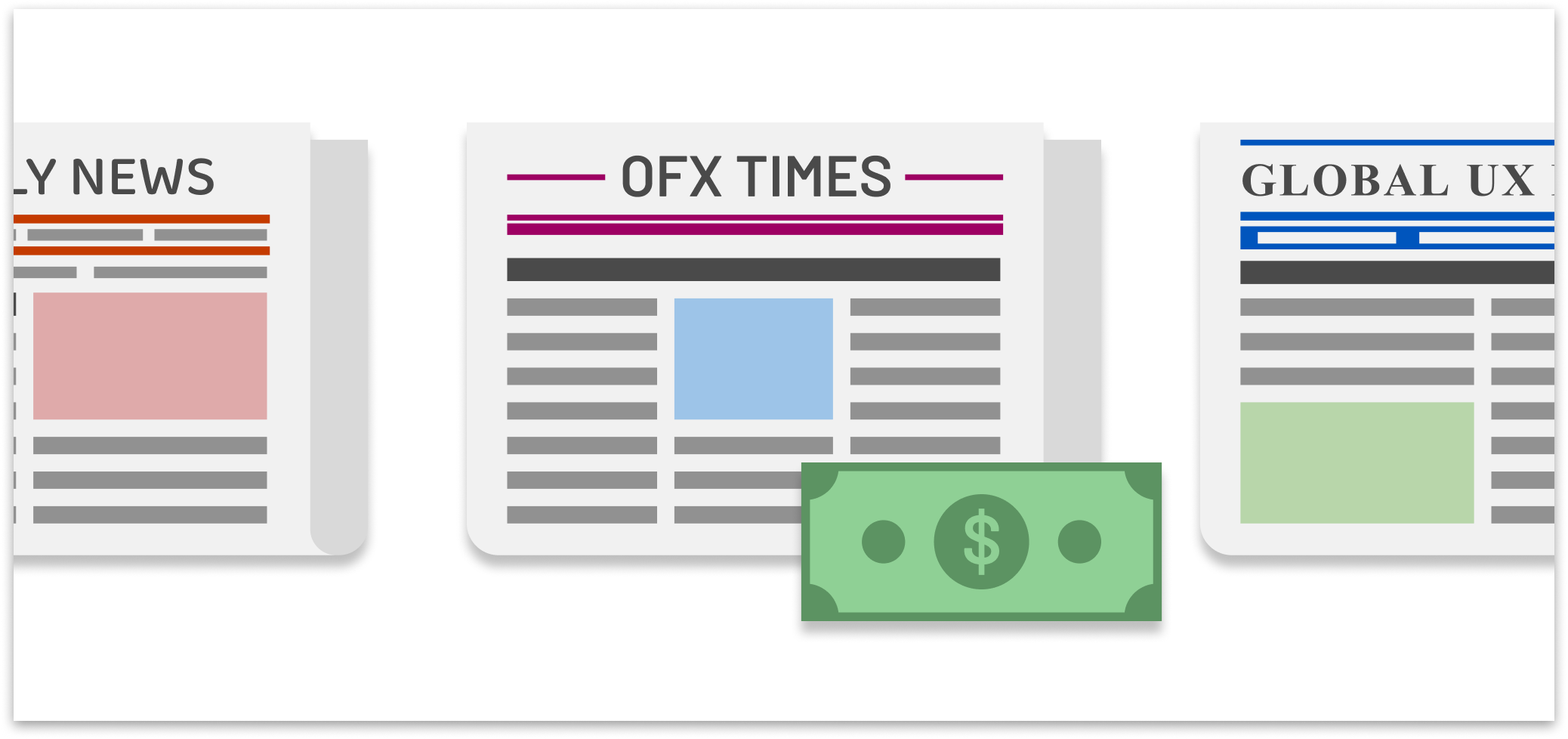Of all the critical moments in the product design process, the leap from a defined problem to solution idea is one of the most exciting and critical steps. Whether building a product for the first time or generating ideas for the “next big thing,” an effective ideation process can ensure a strong start to the production cycle.
Different business needs call for different kinds of ideas. All moments of ideation, however, benefit from a strong and creative plan for input and innovation.
At a high level, there are two different moments when an organization may need to define problems and generate solution ideas: when a team gets ready to build its first product, or when they prepare to add a feature or tool to its existing product suite. Here we detail three approaches you can take to get from problems to solutions.
Building a Roadmap for a First-Time EdTech Product
Maybe you’re working with an early-stage organization that knows its problem space well but is not used to choosing where to focus at the start. If you need to prioritize problems within a larger problem space, then maybe this exercise can help.

Activity: Getting Out of the House
Who is in the room:
- Product leaders, UX researchers and designers, engineers
What it’s good for:
Prioritizing what jobs your product needs to solve so you can leverage them to ideate solutions or features.
Why you would use this activity:
- Your team is new to prioritizing features. It is hard to prioritize jobs to be done; everything feels equally as important. Starting with something like this takes the pressure off and gives everyone a mental model they can relate to.
- You may have an experienced product team but need an icebreaker that will get people in the right mindset.
Why you wouldn’t use this activity:
- Everyone is highly experienced and ready to get down to the details of prioritizing.
How to conduct this activity:
Everyone writes down every possible step in their morning routine. This can be done individually, or creating one big list as a group. Map all of these steps in order in a timeline. Then, facilitators should let everyone know that there is a new constraint — their alarm didn’t go off. They now have “x” amount of minutes to get out of bed and to the office. Deprioritize steps in the routine, removing them from the primary flow. What makes the cut?
Next, do the same thing with your product. What’s the ideal flow for a user accomplishing your task, from start to end, with all the bells and whistles? Then repeat, and figure out what they absolutely need, and what can be left behind.
This can help create tiers of priority. What are the “have to do” things, what are the “really unnecessary things,” and what are the “nice to haves” that could be added back in if there’s time and bandwidth?
Working with EdTech Users to Define Problems and Begin Problem-Solving
Sometimes, however, designers may need to work in a space that they do not yet know much about. For this activity, you will need to do some secondary research to define your problem spaces. If you were working with college students, for example, three of their problem spaces might be:
- Challenges planning their career paths
- Challenges with regard to their social environments outside of school
- Challenges receiving support on campus
After completing this activity, you will have a much stronger understanding of your problem space and some clear problems to start solving.

Activity: Solution Journey
Who is in the room:
- Current or potential users
- Product team
- CX team
What it’s good for:
Define and choose a new problem space, along with several specific problems for which to begin solving.
Why you would use this activity:
- You are looking to build something in a space that is new to you and your organization, and you have access to a group of potential users or a customer experience team who can represent the users.
- You have completed secondary research and can broadly define three to four challenge areas that need problem definition.
Why you wouldn’t use this activity:
- You already have clearly defined problems to solve.
How to conduct this activity:
Start by sharing the “challenging areas” that you have brought with the users who are participating in your workshop. Invite them to list experiences they have had within those areas, and share these. Choose one problem space on which to focus — one way to do this could be asking them to vote for just one and taking the winner.
Next, have participants map out their own experiences in the selected problem space. Highlight pain points, wins, and everything in between. Share the journey maps, looking for common pain points. Then, in small groups, brainstorm possible solutions. Share the solutions in a gallery walk, and let folks vote for the solutions they think have the most potential.
Your designer(s) will come back from this activity with insights about users’ experiences. They will most likely need to do some of their own ideation, but the users’ ideas can jumpstart that work.
Finding the “Next Big Thing” in EdTech Product Development
Organizations of all sizes and experience have to occasionally consider what their next offering will be. This activity works best for a group of stakeholders from across your organization who know the product and its mission and vision from front to back. The trick with internal stakeholders is to get them thinking about actually committing to a decision. It’s easy to be non-committal when deciding where to devote future energy — this kind of activity makes stakeholders think hard about what they want.
Participants could do some thinking ahead of time about a company’s known opportunities and research questions — but this activity can be productive even without that upfront work.

Activity: Headlines from the Future
Who is in the room:
- Product team
- UX leaders
- Engineers
- Sales and marketing representatives
What it’s good for:
Determining internal priorities for the next round of new features and projects — especially future “long-tail” work that will take longer to complete.
Why you would use this activity:
- You have a clear company mission and vision, but new work is either unplanned or needs clarity.
Why you wouldn’t use this activity:
- You need to define or refine your company mission and vision.
- You already have clearly articulated upcoming projects that align with your mission and vision.
How to conduct this activity:
Think about your company’s opportunities, your company mission and vision, and where you’d like to see your users’ experience in three years. Have participants write as many headlines as they can for three years from now that illustrate where your company may be in the future and what it could be doing for its users. Group and organize your headlines thematically, labeling each. Based on your headlines, invite everyone to think about a potential future state for your users’ experience. Have participants write these ideas next to each headline.
Each participant has a bank of $200. Using the list of ideas, give participants five minutes to assign their money to the ideas they believe to be most impactful towards reaching your company vision. The ideas with the most amount of money spent on them should be deemed the most important and be prioritized higher in your idea backlog.
Next, pull out the three ideas with the most money invested in them. Workshop these ideas, perhaps converting them to “how might we…” statements. If you have a product journey map, you can add each “how might we…” statement to a step in the journey. Then, in small groups, start brainstorming ways that you might make each idea a reality for users in that respective step. If the ideas are not currently being worked on, prioritize them in your backlog of design challenges and problems to solve.
You will come out of this activity with several ideas for new things to explore at each stage of your users’ journeys. These ideas will address only the highest-priority areas as determined by your working group.
Ensuring Successful Ideation Sessions for Your EdTech Product
Generating ideas is, sometimes, the easy part. Figuring out which problems to solve, and which problem spaces should be the priority, can ensure that the ideas you explore and start building will be the most successful.
A good ideation exercise will help do this! Just as important, however, is having an experienced and effective moderator leading the group and synthesizing your results. Make sure to lean on your user experience team, or consider bringing in an EdTech-focused UX partner like Openfield to work with you at this critical stage.
